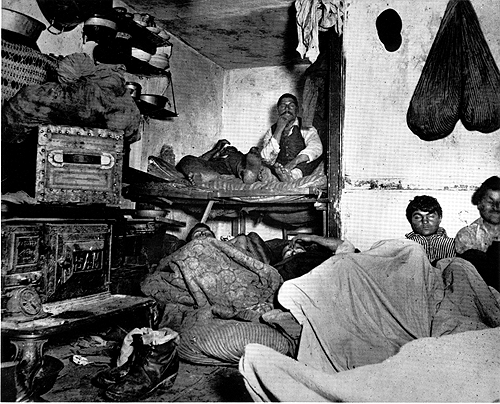That’s the opening line to my upcoming medical thriller, Stockholm Syndrome.
An agent’s assistant said it made her want to vomit. She forced herself to read the first chapter and still wanted to puke. So the agent sent his regrets.
Stephen Campbell, who interviewed me for Crimefiction.fm*, had a more measured reaction. “It’s interesting,” he said. “I never thought about how birth would smell, but of course you’re right.”
As a doctor, I should note that birth smells aren’t the worst. Most parents are unaware of them, because they stay at the “office end” (head of the bed) instead of the “business end” (delivering the baby), plus 99 percent of the time, they’re ecstatic about their healthy newborn, not sniffing for overtones of amniotic fluid.
But as a writer, I tell you exactly what I think. That means the average person may not be able to handle Stockholm Syndrome.
Is that a problem? Maybe. As the Indian teacher Chanakya pointed out BCE, “A person should not be too honest. Straight trees are cut first and honest people are screwed first.”
On the other hand, we have to take risks with our work if we want to create lasting excellence, as Edgar-nominated author Kris Rusch/Nelscott pointed out here.
My advance medical readers reacted to Stockholm Syndrome like this:
From: Dr. Greg Smith
Subject: Hope Sze's triumphant return
Message: The best yet, I think. Dang thing kept me up til 3:30--been a while since a book did that.
Tracy VanDalen Bradley, Respiratory Therapist: I finished it in three days. You can’t read just one chapter.
Dr. Paul Irwin: God, you write great. Your mind/thought process is at least as peculiar as mine.
But can the non-medical reader handle a book about a hostage-taking on an obstetrics ward?
Maybe.
New York Times bestseller Dave Farland wrote, “I was completely hooked--an intriguing and introspective thriller.”
Author of The Freshman Murders and reknown computer scientist Gerald Weinberg posted an advance review on Kobo:
New York Times bestseller Dave Farland wrote, “I was completely hooked--an intriguing and introspective thriller.”
Author of The Freshman Murders and reknown computer scientist Gerald Weinberg posted an advance review on Kobo:
Here's a book that's easy to read, but hard to review.
It's a page-turner, thrilling while sensitive, super-serious while witty, and gutsy while insightful.
So why so difficult to review?
In the first place, I want to give my reader information about the story, but I don't want to give
anything away. No spoilers.
More than that, however, it makes me feel like an appraiser of fine property confronted with an
item for which there is nothing comparable. It's simply unlike anything else I've ever read.

If you want to decide for yourself about my book, I’ve posted the first chapters on my website, and you can enter the Goodreads Giveaway here.
I’m having a Facebook party December 1st at 7-8 p.m. EST, with party favours, but foolishly set it as a private party, so friend me and message me if you want an invite here.
On December 6th, I’ll have a party at our local library in Cornwall. Theme: Swedish, for Stockholm. We’re going to wear blue and yellow and drink glögg.
Will anyone buy Stockholm Syndrome? Or will they just run away screaming?
We’ll find out after December first.
 |
| Preorder now.Available in print and in the format of your choice at http://melissayuaninnes.com/books/stockholm-syndrome/. |
*That interview will air December 2nd.

























